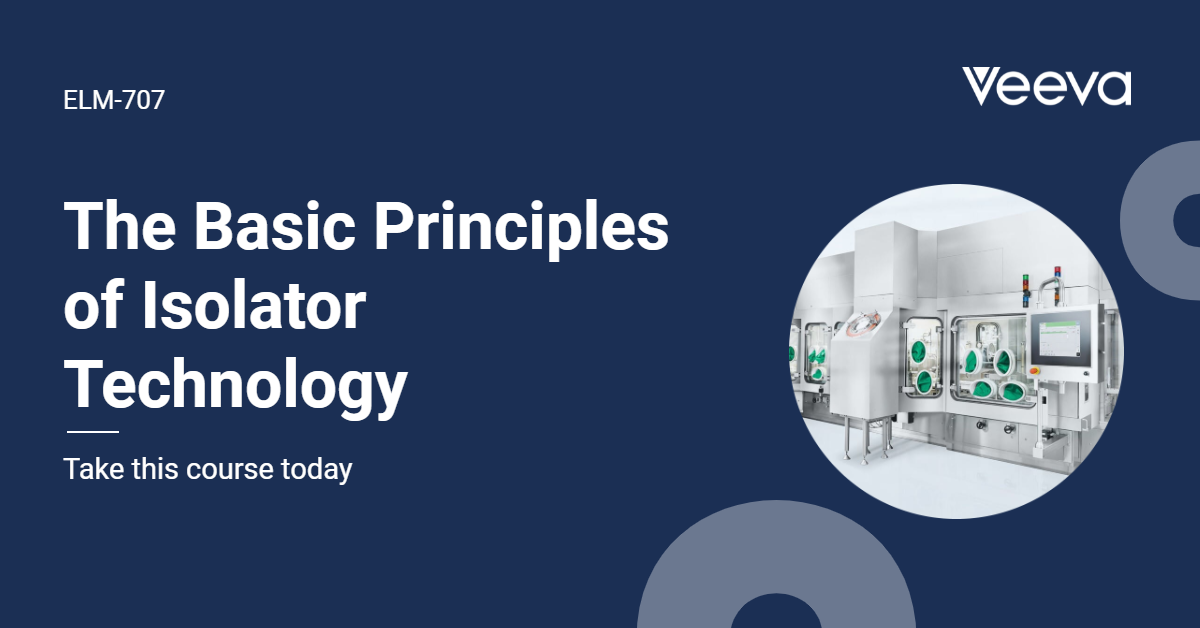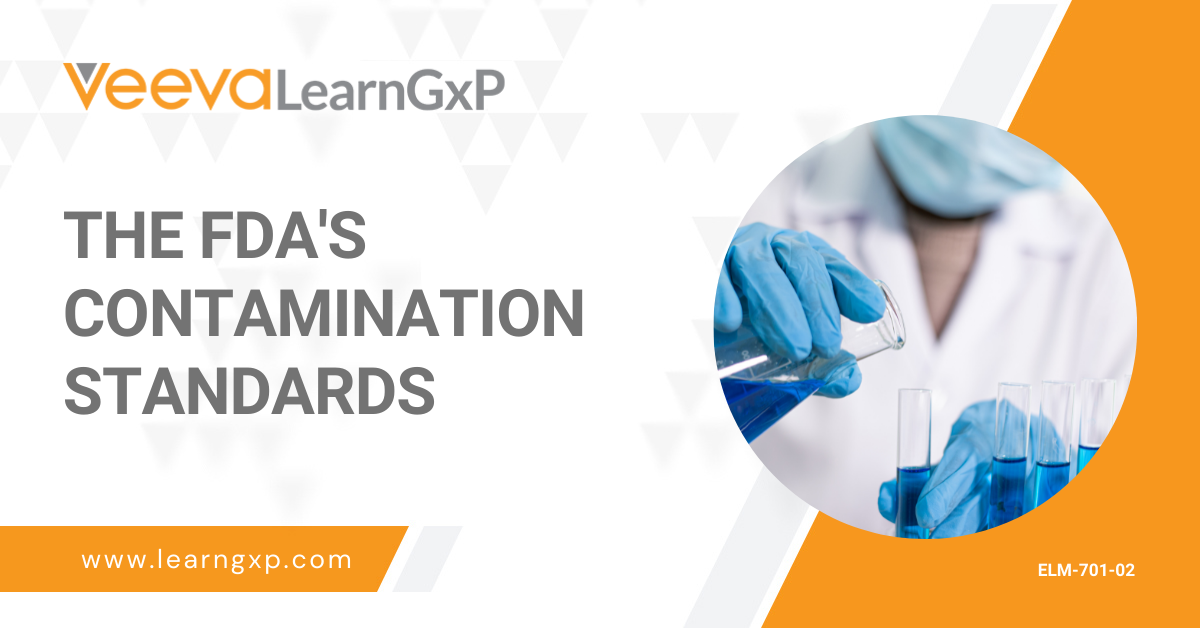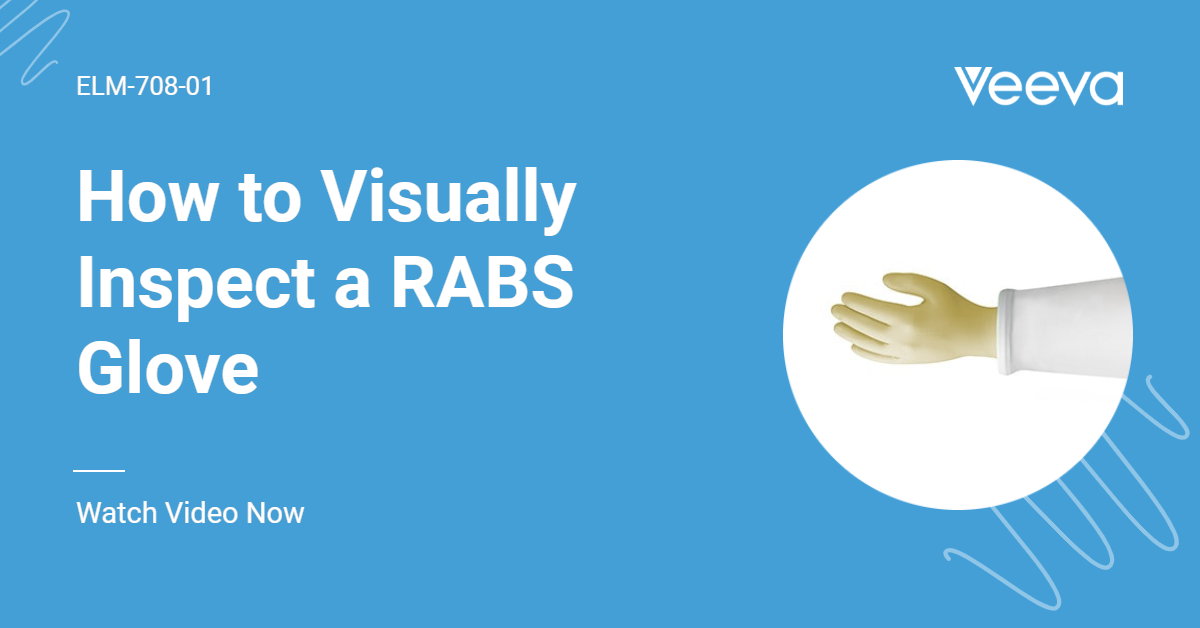The risk of damaging a glove increases when handling objects inside the decontamination zone.
The glove can be in contact with scissors, needle or broken glass which represents a high source of deterioration.
Hydrogen Peroxide
On top of that, the continuous flexing and exposure to chemicals such as hydrogen peroxide (H2O2) used for the decontamination are also damaging the gloves continuously.
This is why the gloves are considered as a potential source of contamination.
Glove Test Device
Existing glove test devices for the pharmaceutical industry apply different procedures utilizing the pressure difference between the inside and outside of the glove, these include:
- Oxygen measurement in a nitrogen chamber
- Air flow measurement
- And Pressure decay measurement
Oxygen Measurement in a Nitrogen Chamber
In this method, the glove is placed with a special cuff ring into a vacuum chamber, which is evacuated and filled with nitrogen. If there is a leak, air (containing 20% oxygen) from inside the glove leaks into the chamber, where a gas sensor measures the oxygen level.
This level can be correlated to a leak rate.
Air Flow Measurement
In this method, the glove is pressurized over a certain time.
The air volume per time needed to compensate pressure loss by leakage is measured with a flow meter and correlated to a leak rate.
Pressure Decay Measurement
In this method, a positive pressure expands the glove. Either directly or passing a certain pressure level, the measurement starts. After a certain time, the end pressure is taken. From the pressure drop, a leak rate can be calculated.





